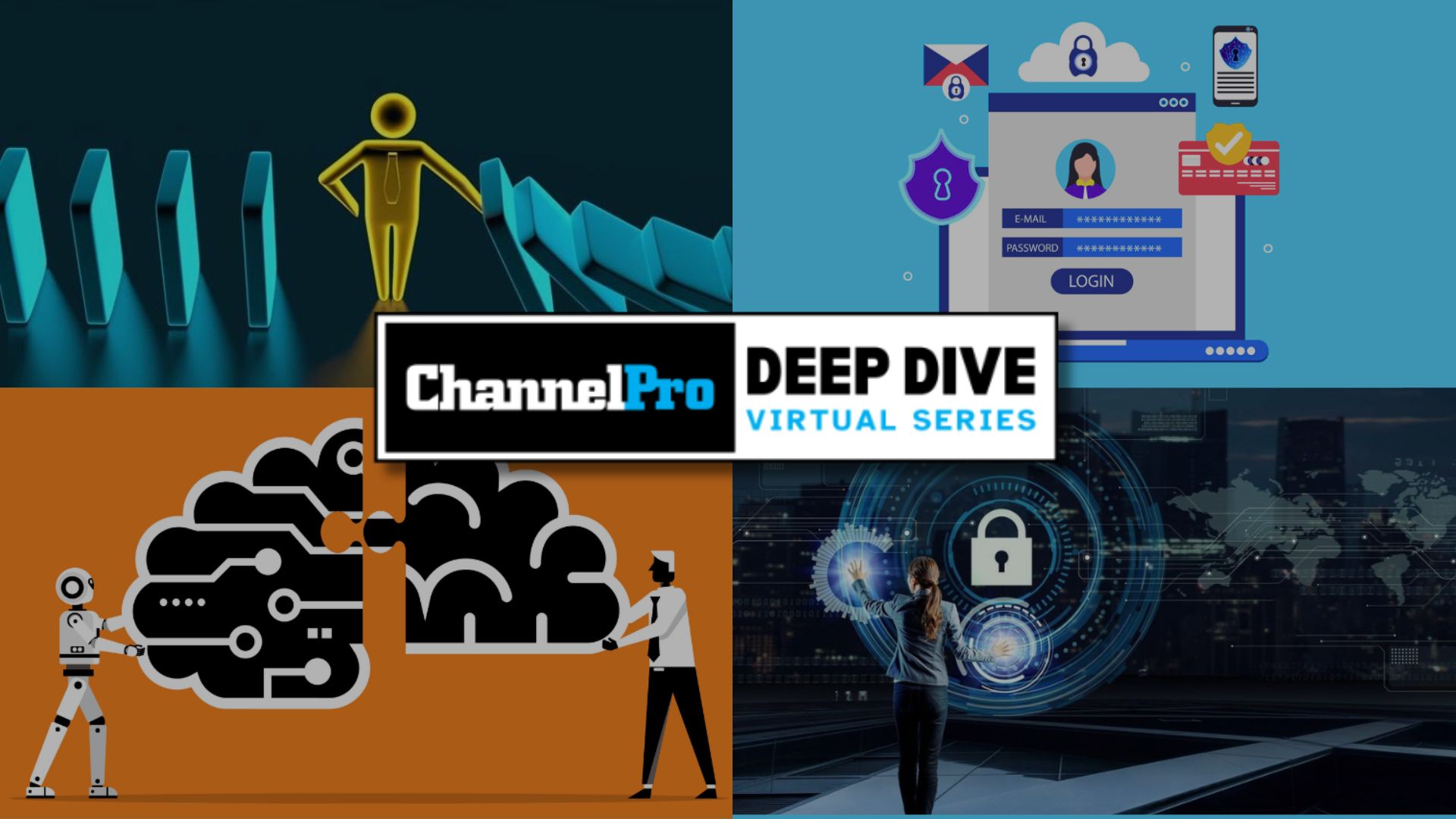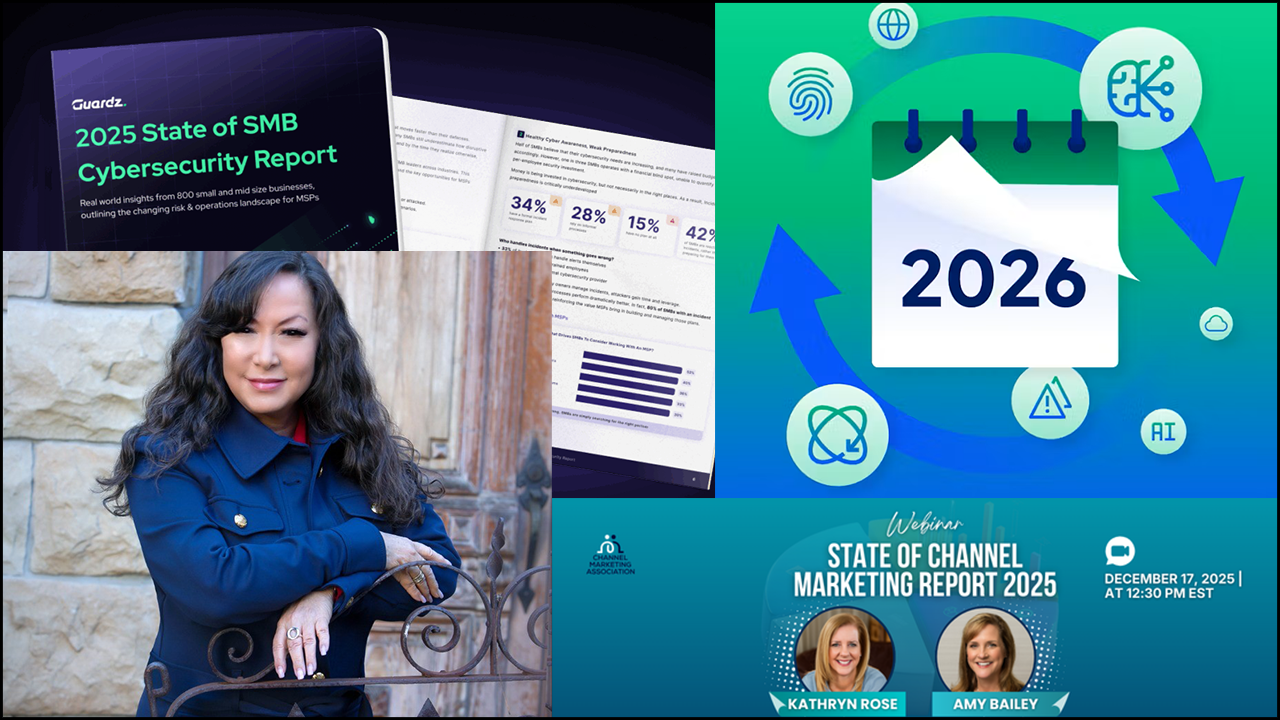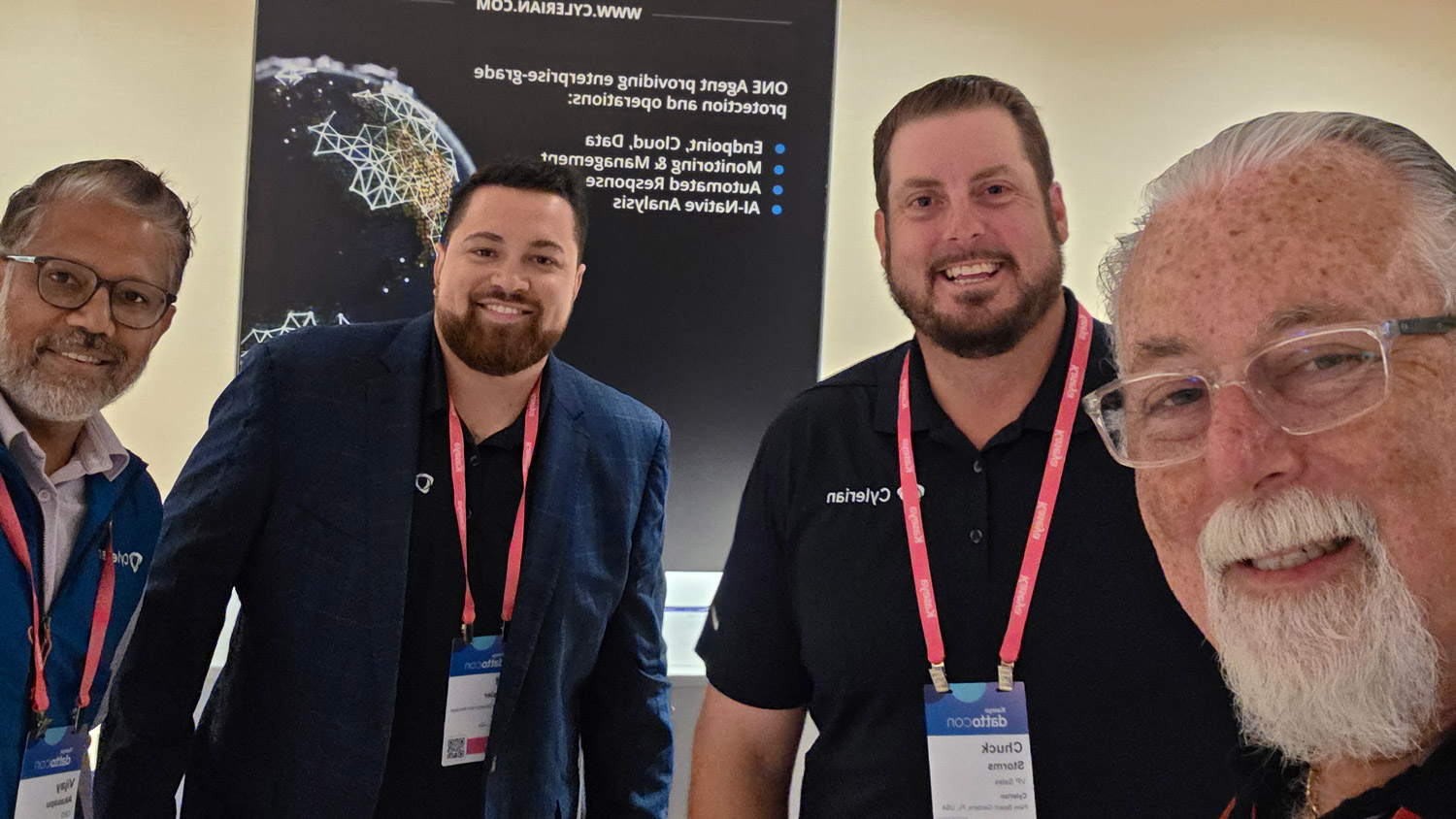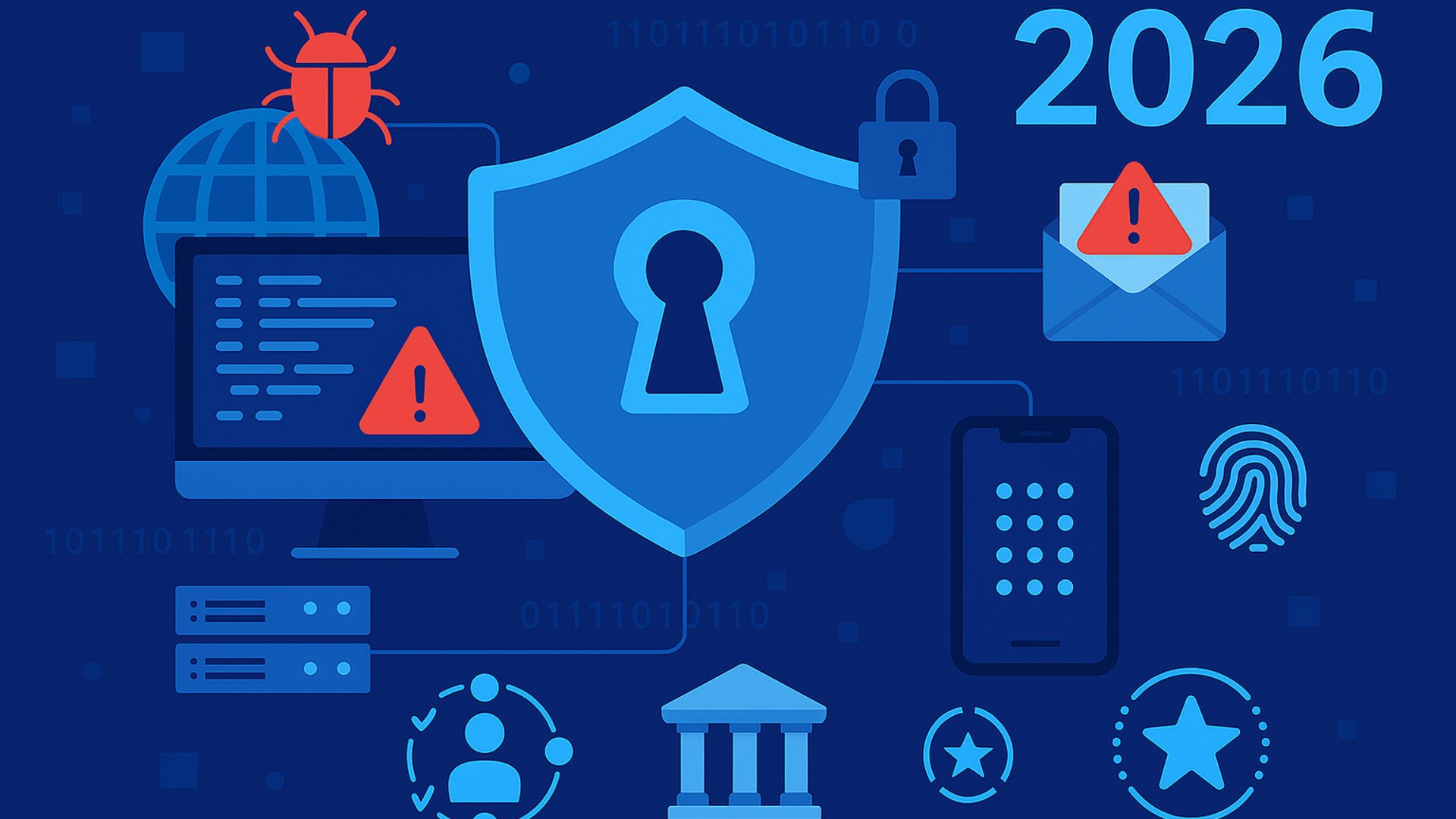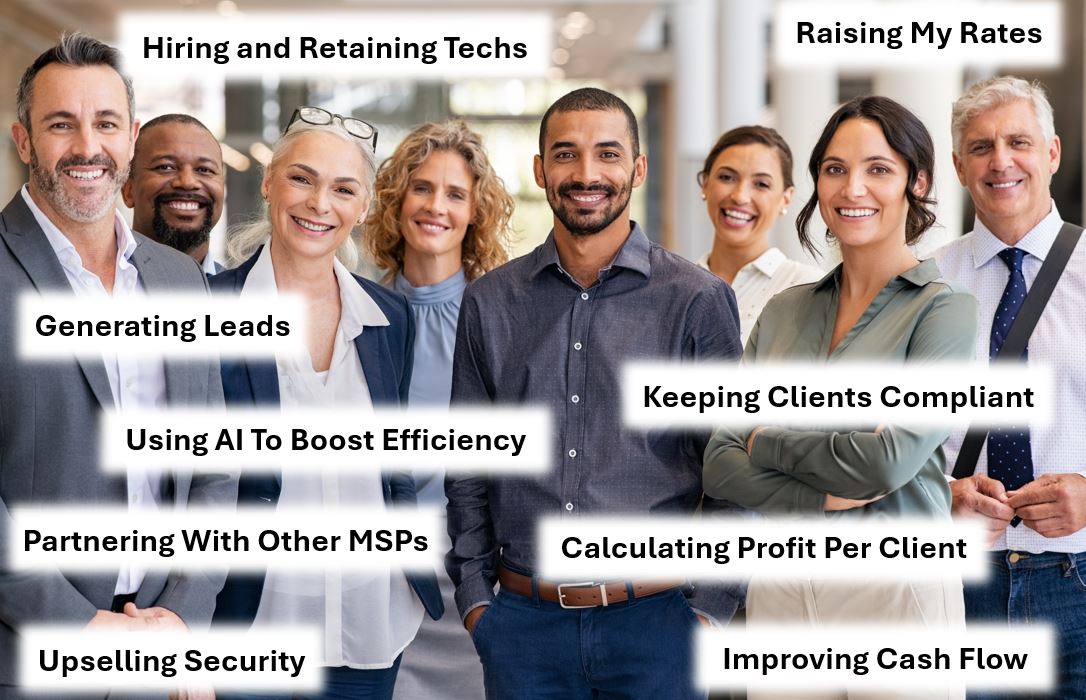MSPs know the pitch: AI has caught fire and will change everything. But behind the hype, there’s hesitation. It’s hard to sell what you don’t fully understand. For those who get it right, though, AI isn’t just another tool. It’s a way to work smarter, grow faster, and deliver more value than ever.
Of course, you must adopt AI with care. That means more than plugging in automation or running a chat tool. It means thinking strategically, choosing secure platforms, and guiding clients through a shift that’s as much about mindset as it is about technology.
We asked several tech vendor leaders across the IT channel how MSPs can stop fearing AI and start using this technology to their advantage. Their advice underscores a simple truth: MSPs that act with intention, not impulse or fear, will come out ahead.
Evolve Into the ‘Next Generation’ MSP

Craig Donovan
MSPs who treat AI as a business strategy, not just a technical upgrade, are better positioned to lead the conversation with clients.
“AI is going to change the model. … This is actually less of a technological leap and more of a practice. They’re going to become the chief workflow officers, because AI is going to do a lot of the work, and they’re going to become business consultants. The challenge and the opportunity from now is to learn this other muscle and figure out how to pivot so they can start to have that consultative conversation.” — Craig Donovan, chief experience officer, Pax8

Baxter Lanius
“I advise all MSPs to read about it as much as you can. Try to figure out and think through what’s happening in the industry, how companies are innovating, and how you can then implement AI into your and your clients’ workflows. At the end of the day, MSPs are strategic advisors. You need to understand what pain points your clients are experiencing and then, how you can use technology, AI based or not, to solve those problems. Take a deep breath every so often and just canvass the market … as you continue to configure a strategy on how to implement it into your business.” — Baxter Lanius, CEO, Alternative Payments
Start Small and Smart
You don’t have to master AI overnight. Begin with manageable use cases and tap into trusted communities and vendor expertise.

Marc-Andre Tanguay
“We tell people start by going to ChatGPT, Copilot, whatever and type, ‘I need a script to do [something].’ It will give it to you, but it’s usually like a first-year college level. Then, you take that script and evolve it. That’s the easiest place to start using it.” — Marc-Andre Tanguay, senior manager, Head Nerds, N-able
“The biggest thing here is education. The second thing is using the help of the ecosystem. MSPs have peer groups, events, and distributor partners. The third thing is leveraging vendors like ourselves. We have over 20,000 MSPs on our platform and we communicate with them on a daily basis. We accumulate a lot of knowledge that we’re willing to share. Take advantage of what’s available to you.” — Alex Ruslyakov, channel chief, Acronis
Security First: Why Governance Still Matters

David Primor
AI can create as many vulnerabilities as it solves. That’s why security and accountability must stay front and center.
“AI and cybersecurity go together like AI go together. MSPs should first understand the power of AI themselves. Many are already using Copilot, ChatGPT, and others. That’s only the beginning. Then, with the same enthusiasm, they can convince their clients, help them become more efficient, and at the same time talk with them about the threats of AI and help them secure their customers using AI. It’s an opportunity for MSPs not only to enable AI, but to sell more products that help protect against AI.” — David Primor, CEO, Cynomi

Mathias Zeumer
“Threat actors are utilizing AI to send a phishing e-mail in perfect English. Not only that, they are utilizing AI to scrape all of your social media accounts for your information. They know who your boss is, who your coworkers are, even who some of your clients are. Now, they can take that and tailor spear phishing emails. The need for human risk management — or at least security awareness training and phishing simulations — is becoming even bigger. It’s not going away. It’s just getting better.” — Mathias Zeumer, North American channel manager, usecure
MacKenzie Brown
“We’ve built our own internal AI learning model to reduce noise for our analysts, but threat actors are evolving too. … Threat actors are also using AI to make phishing emails more convincing and improve reconnaissance. For MSPs, especially those working in high-target industries like construction and manufacturing, it’s critical to understand that cybercriminals are finding ways to bypass the very tools we rely on. So, we need to bridge the gap between compliance and actually catching bad actors in those blind spots.” — MacKenzie Brown, director of security operations, Blackpoint Cyber
Get Comfortable with Consulting
The MSPs that thrive in the AI era are the ones that have stepped into advisory roles, helping clients align tech tools with business goals.

Will Ominsky
“A lot of MSPs have already shifted their sales conversations toward business outcomes. Of course they still handle help desk, but that’s not the focus. They’re asking clients what tasks take their employees the most time. Is it payroll? Something else? Then, they look at how their systems, processes, and IT management can solve those challenges. That mindset aligns closely with AI, where it’s the technology solving the problem instead of a human. MSPs already thinking that way won’t face as big of a challenge. Their main hurdle might be learning how to manage AI and get it to deliver the outcomes they want. But once they figure that out, they’ll be well ahead.” — Will Ominsky, vice president of MSP sales, Nerdio

Mike DePalma
“What the channel really needs to figure out is how is AI going to help you as an MSP run your business? How are you going to market with that and how are you going to make margin off of these type of things? It’s going to become more of a consultative role that MSPs will take on. You’re not just talking about security for your clients. It’s, ‘How am I going to make you more productive?’ ‘How am I going to make you more efficient?’ ‘What’s your business strategy?’ If you position it properly, you’re actually going to be a much stickier partner with those end users.” — Mike DePalma, vice president of business development, OpenText Cybersecurity
Featured image: iStock







